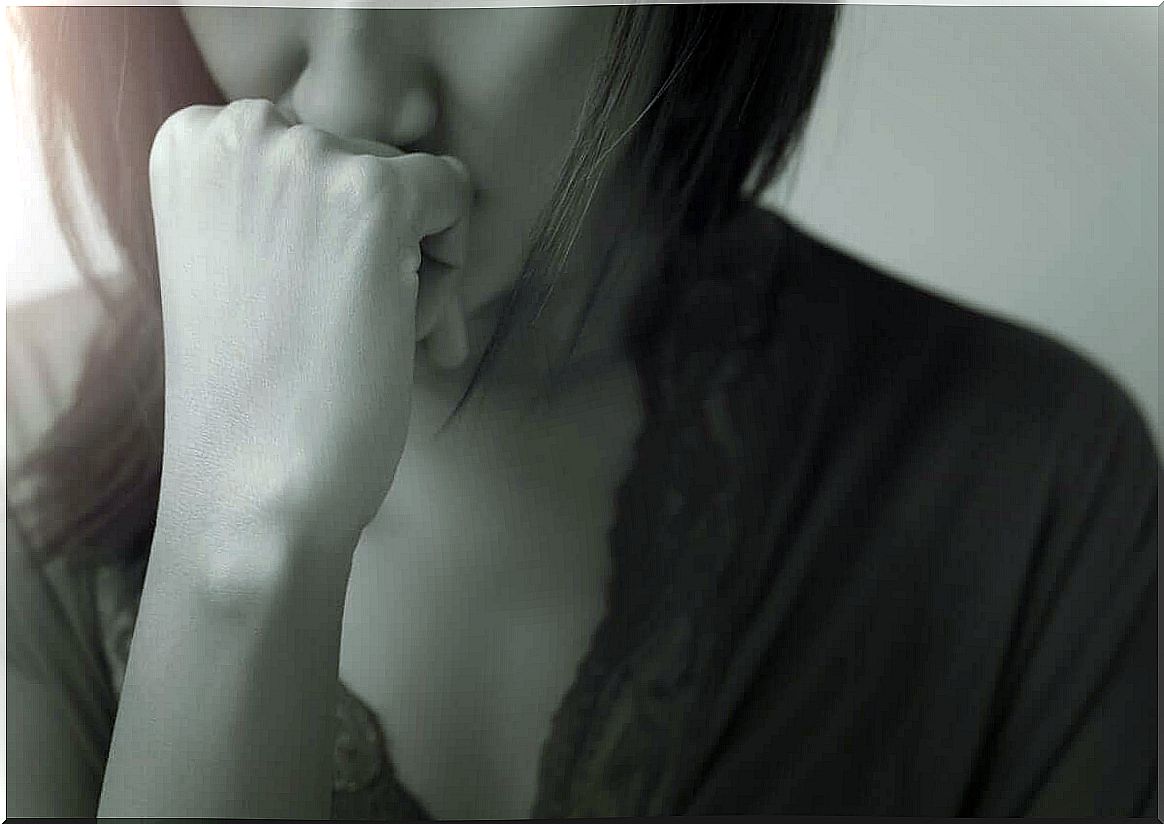The different types of bipolar disorder that exist constitute mental realities of great impact, both for those who suffer from them and for those around them. It is a psychological condition that oscillates between periods of depression and manic phases. Thus, a person can go from the most intense euphoria and overconfidence to a state of deep despondency, anguish and negativity.
These terminologies are common in everyday life , with phrases such as “this person is a bit bipolar” or “today is not my day, I’m a bit bipolar” . We use expressions to define the mood swings so common in humans. However, despite the oscillation of emotions being something quite common, the life of those who fit the clinical designation is quite difficult and complex.
For starters, no two people with bipolar disorder are the same. Every case is different. There are those who follow their treatment effectively and reach a completely normal day-to-day. Others, on the other hand, drift into risky behavior, do not follow medical guidelines and fail to have adequate control of their social, personal and professional life.
Let’s dig a little deeper into the different types of this mental illness.

The 5 Types of Bipolar Disorder
Bipolar disorder is one of the most common mental illnesses and also one of the most serious. We know that it affects between 3 to 5% of the world population and that, although it is more common in the adult population, it can also appear in childhood. We are facing a disorder that has persisted for years, which may resolve for some time but returns soon after.
No one with this disorder experiences it in the same way. Some have severe depression and only mild episodes of euphoria. Others suffer manic episodes of greater intensity and impact. Some are stuck for months in one state and others alternate these cycles more often.
Something like this implies that not only is it critical to diagnose this illness as quickly as possible, but it is also important to know what kind of bipolar disorder we are experiencing. We will review them below.
cyclothymic disorder
Cyclothymia is the mildest form of bipolar disorder. It usually appears for the first time in adolescence, which makes diagnosis difficult due to behavioral changes characteristic of that age. However, we often find ourselves in situations that the family can no longer handle. These would be the main features:
- Mood instability: the person is consciously affected.
- Mild episodes of depression appear (melancholy, sadness, irritability, changes in sleep and eating…)
- Phases of euphoria, hyperactivity or not very intense excitement; here, we are talking about hypomania.
- Months can pass for emotions, behavior and moods to stabilize and balance. Sooner or later, depression or behavior prone to risks, challenges, etc., arises.
- The family environment can perceive that the person has a very difficult personality, with very notable outbursts of temper.
Bipolar disorder type I
Among the different types of bipolar disorder, this is usually diagnosed when the patient has already gone through a manic phase of more than a week, in addition to psychotic episodes. These are especially serious situations where hospitalization is often necessary.
- Not long ago, this typology was known as manic-depressive psychosis. The most notable are mainly the episodes of mania, in which violent behavior and even attempts on life (suicide) can appear.
- Bipolar I disorder can range from mild to debilitating. In severe cases, the person has great problems to lead an autonomous life (studying, working, being responsible for the financial sphere, etc.).
Types of Bipolar Disorder: Type II
The main feature of this typology is that it involves the milder version of mania, that is, hypomania. In contrast, recurrent episodes of depression are more common. Thus, for your diagnosis, the following guidelines apply:
- Have been through at least one hypomanic episode and more than one depressive episode.
- Onset of sleep-related problems: insomnia or excessive sleep (hypersomnia).
- Intense exhaustion.
- Inexplicable crying.
- Suicidal thoughts.
- Low self-esteem and lack of motivation.
Rapid cycling bipolar disorder
We define a patient as rapid cycling when he has an average of four episodes over a year. These episodes can be depressive, mixed depressive, manic or hypomanic. Therefore, we may have people with type 1 disorder or type 2 disorder who may also have rapid cycles.
We know that this typology is not very common; only 10% have this characteristic in different types of bipolar disorder.

Illness due to another medical disorder or substance abuse
Among the different types of bipolar disorder, this one is the most non-specific. The reason? There are people who do not have a specific pattern like the ones indicated above. However, because of their variability in mood, their medical history and behavior are included in the diagnosis.
Thus, it should be said that most of these cases have two origins: suffering from some disease (such as schizophrenia) or dependence on certain substances.
To conclude, we have already seen that the different types of bipolar disorder define particular but equally serious situations. Now, it’s important to highlight several things. The first is that, with effective treatment, drastic changes in mood can be kept under control. Something like this allows patients to have a better quality of life.
Likewise, psychological support can teach them to develop new skills and also to improve their relationships with friends and family, skills at work, etc. With medical and psychological counseling, autonomy and satisfaction can be achieved.
 rancha.xyz Be free to choose their own route to self-knowledge, health and balance of body and soul.
rancha.xyz Be free to choose their own route to self-knowledge, health and balance of body and soul.




